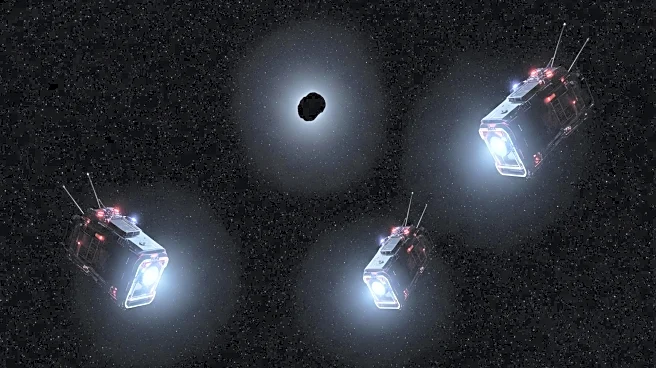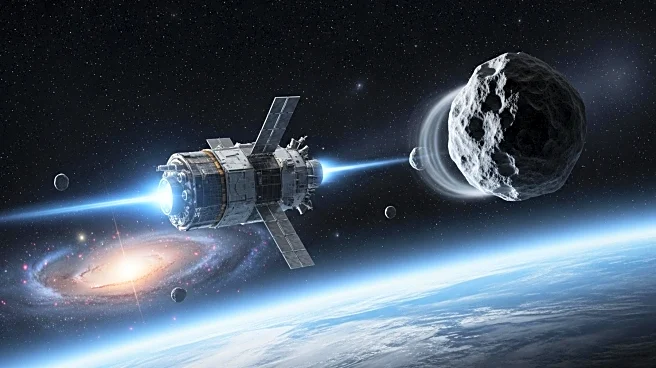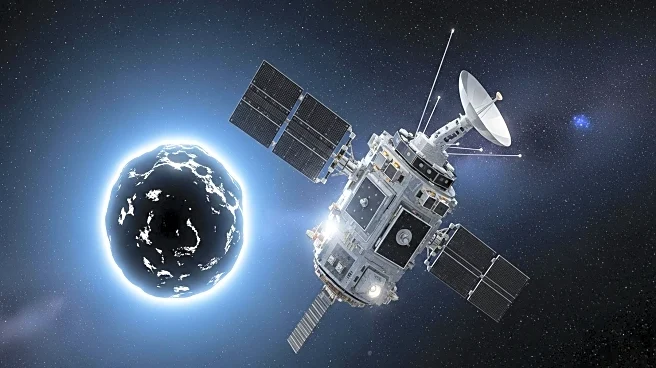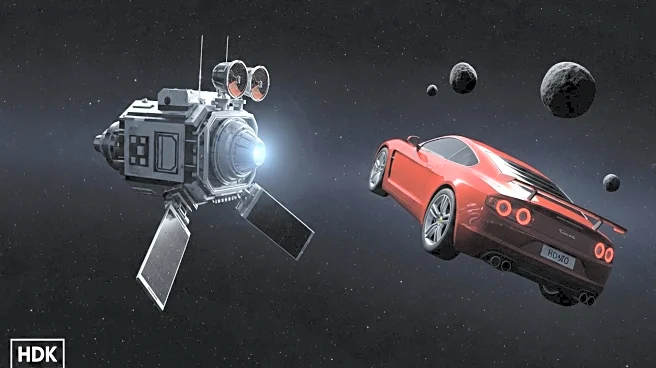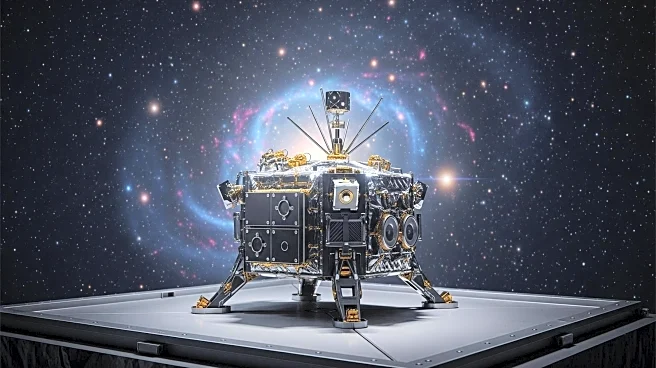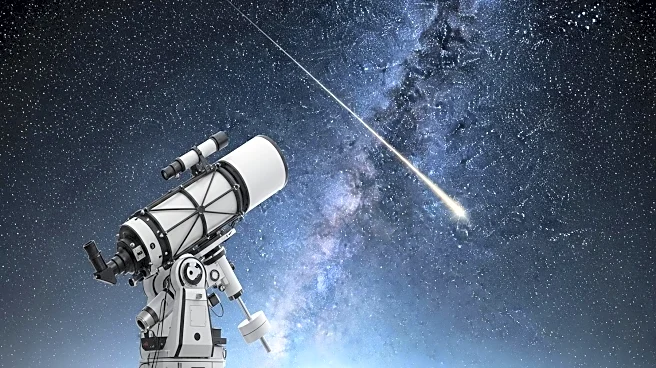What is the story about?
What's Happening?
A new proposal suggests using nuclear explosions to deflect asteroids threatening Earth, sparking debate among scientists and policymakers. The idea builds on NASA's DART mission, which successfully altered an asteroid's course through kinetic impact. Researchers propose that nuclear blasts could vaporize parts of an asteroid, changing its trajectory or fragmenting it. While simulations show promise, legal challenges arise due to treaties like the Outer Space Treaty, which restricts nuclear weapons in space. Experts caution that fragmenting an asteroid could create smaller threats, complicating Earth's defense.
Why It's Important?
The proposal to use nuclear explosions for asteroid deflection highlights the urgency of developing effective planetary defense strategies. As near-Earth object discoveries increase, the need for rapid response measures becomes critical. However, the use of nuclear devices raises significant legal and ethical concerns, including potential violations of international treaties and the risk of creating additional hazards. Balancing technological feasibility with geopolitical implications is essential to ensure Earth's safety without escalating arms races in space.
What's Next?
International collaboration is crucial for advancing asteroid deflection strategies. Entities like the International Asteroid Warning Network are sharing data on potential impacts, while missions like ESA's Hera aim to assess the effects of deflection techniques. Future designs, such as NASA's HAMMER spacecraft, envision dual-purpose vehicles for deflection or nuclear delivery. Critics advocate for early detection methods to enable non-explosive solutions, emphasizing the importance of careful calibration to prevent unintended consequences.
Beyond the Headlines
The proposal underscores the need for innovative approaches to planetary defense, balancing risks and benefits. Ethical considerations remain a key challenge, as preparing nuclear options without actual space tests requires creative solutions to avoid treaty violations. The ongoing dialogue among scientists, policymakers, and international entities is vital to develop reliable protection measures against existential threats.
AI Generated Content
Do you find this article useful?




